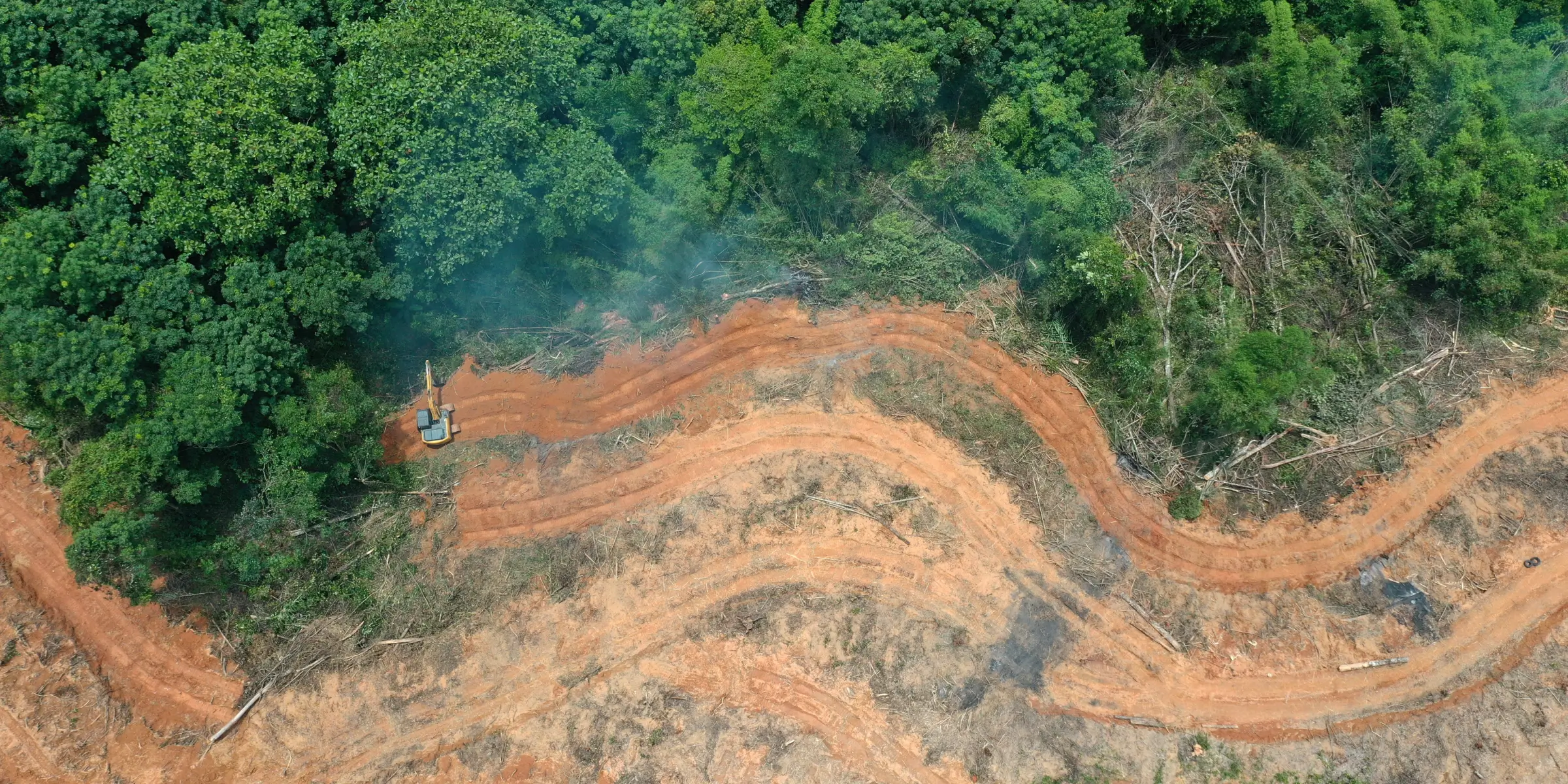A recent study published in Scientific Reports compares Viet Nam’s national climate strategy to those of other OECD Southeast Asian countries, focusing on its effectiveness in mitigating climate-driven infectious diseases. Despite facing a high burden of respiratory illnesses and tuberculosis, Viet Nam performs well overall—ranking alongside Thailand—as one of the top countries in aligning climate policy with infectious disease mitigation.

Image source: Climate Adaptation Platform
Using SMART criteria (Specific, Measurable, Attainable, Relevant, Time-bound), the study assessed national climate strategies and their connection to infectious disease control. Viet Nam’s 2022 Climate Change Strategy includes references to disease risk, but infectious disease is not among its stated priorities. However, it does emphasize strengthening healthcare infrastructure to manage epidemics—an important step given the country’s vulnerability to climate impacts.

Viet Nam records the highest prevalence of respiratory infections and TB in the region, driven by high TB rates and conditions favorable to fungal infections like Aspergillus fumigatus. Dengue fever, intensified by climate change and rapid urbanization, is also on the rise. While Viet Nam’s health expenditure per capita has dipped slightly in recent years (now at 4.68% of GDP), it remains the highest among lower-middle-income countries.
To further reduce climate-sensitive disease burdens, the authors recommend Viet Nam
adopt a stronger One Health approach, increase health spending to 5% of GDP, and integrate infectious disease risk into all national development plans. Collaboration with neighboring countries and greater investment in public health promotion and preventive care are also advised.
This pioneering regional comparison underscores the need for integrated climate and health strategies—and highlights Viet Nam’s potential to lead, provided key investments and policy refinements are made in the next three years.





